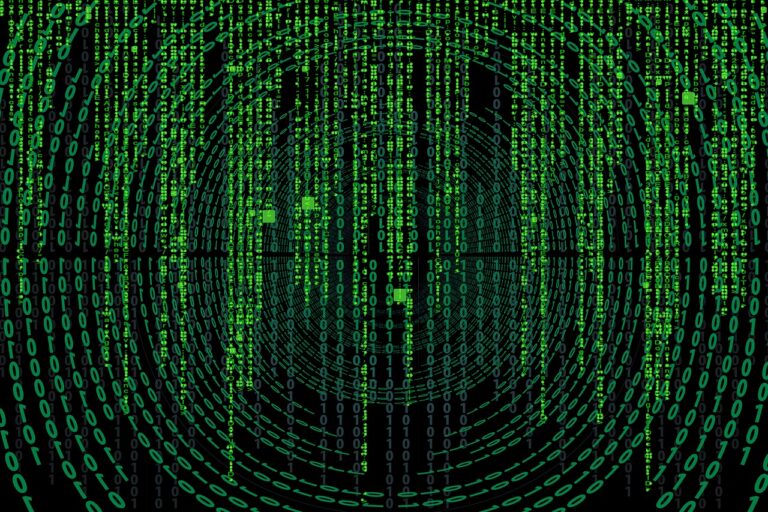Privacy on the Internet
Privacy is a right granted to every individual. Privacy underpins freedom of speech, association and assembly. All of these are essential to a free and fully democratic society.
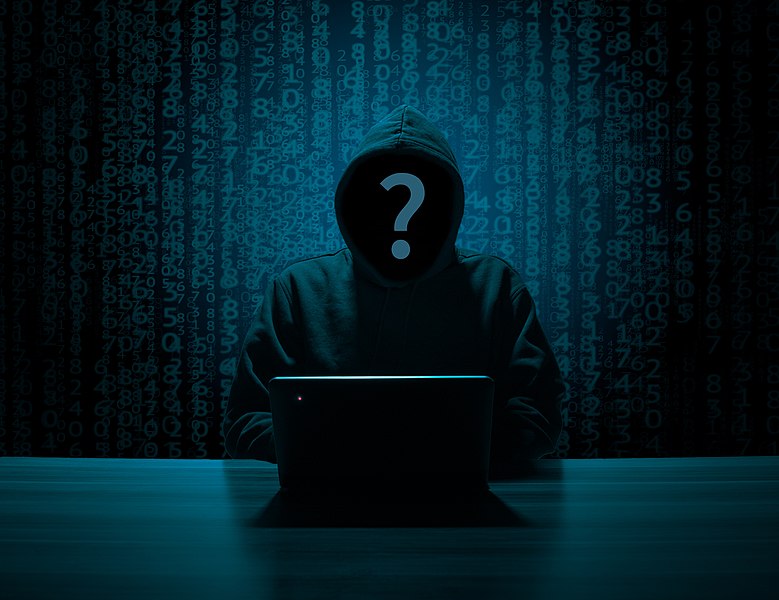
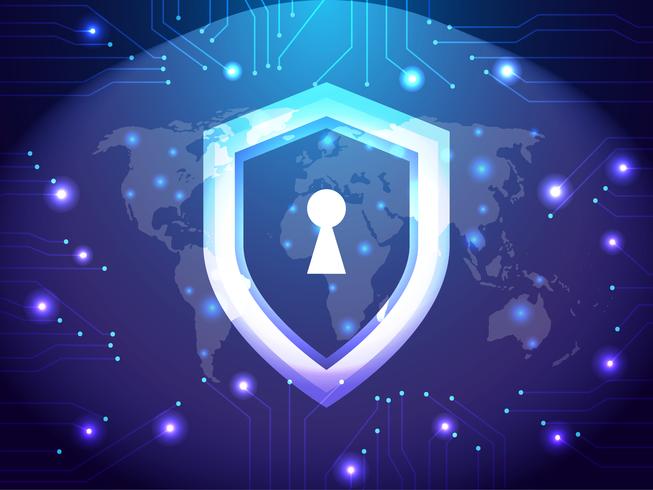
Rules for safe internet use
To keep yourself safe online, follow these 10 rules for staying safe online:
- Use strong passwords
- Only use trusted networks
- Use dongles
- Use anti-virus software
- Don’t open suspicious emails
- Keep your browser and operating system up to date
- Only visit secure sites
- Don’t act on your emotions
- Don’t click on pop-ups or suspicious advertising
- Do not give out your personal details
Strong passwords
A strong password should be understood as a set of characters in
characters in the form of letters, digits and special characters, which have more than
than six. It is best to have a password consisting of at least 12 characters. However, such passwords are much harder to remember, that’s why we should apply the rule: the more the better.
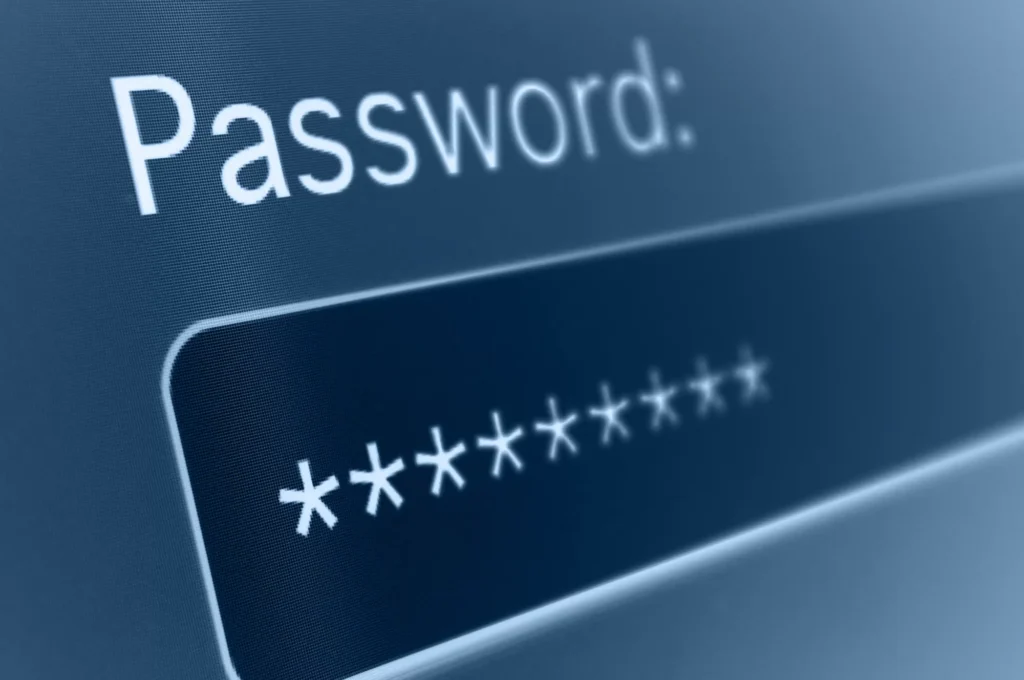

Anti-virus software
To some extent, antivirus software provides a barrier to protect our devices from unwanted malware. The larger the database of virus information in a given antivirus software, the better and faster the antivirus will block malware.
Do not open suspicious e-mails
If you receive a suspicious e-mail or an e-mail from a stranger, do not click on the links in the e-mail and do not open the attachments. A common practice of Internet thieves is to impersonate well-known brands from which we often receive e-mails. It may be information about a package that does not really exist, or a confirmation of a purchase that was not made.
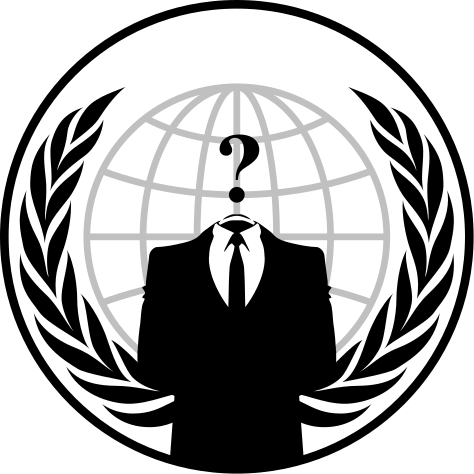
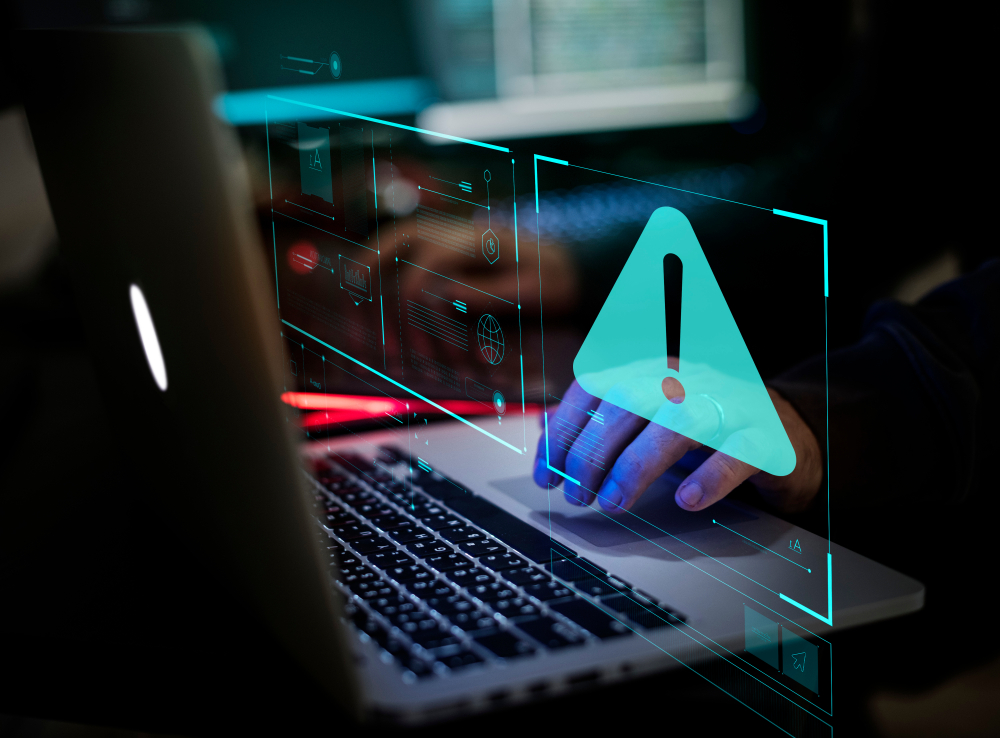
Only visit secure websites
Sometimes websites have a certificate from an untrusted source. Browsers usually detect this and let the user know. If you are not sure whether a website is safe despite this, it is better to leave it. If you are not sure whether a website is safe or not, it is better to leave it. Following this principle of safe internet use can certainly save you from data leaks more than once.
Copyright
Copyright belongs to the creator of any work –
the work does not even have to be finished and can take many different forms.
if you don’t know what copyright is, you are also invited to read
a summary of the most important copyright information we discussed in an earlier article.
If you don’t know what copyright is, we also invite you to read a summary of the most important copyright information we discussed in an earlier article.
However, it’s worth considering what to do
if the author wants to transfer the copyright to someone else?
In the following article we will answer the question how to properly transfer
how to properly transfer copyrights to a work and in what form it should be done.
How do I transfer my copyright?
THE INSTITUTION OF COPYRIGHT TRANSFER IS VERY POPULAR AMONG MANY CREATORS. IT IS DIRECTLY RELATED TO THE DESIRE TO BENEFIT FROM THE WORKS CREATED. IN THE CASE OF A FULL TRANSFER OF COPYRIGHTS THE AUTHOR TRANSFERS TO THE ACQUIRER OF THE RIGHTS THE ABILITY TO DISPOSE OF THE WORK AND DERIVE FURTHER PROFITS FROM IT. FOR A PROPER TRANSFER OF AUTHOR’S ECONOMIC RIGHTS IT IS NECESSARY TO DRAW UP A CONTRACT FOR THE TRANSFER OF AUTHOR’S RIGHTS, WHICH MUST BE CONCLUDED IN WRITING. THIS MEANS THAT THE AGREEMENT HAS TO BE SIGNED BY BOTH PARTIES I.E. THIS MEANS THAT THE AGREEMENT HAS TO BE SIGNED BY BOTH PARTIES I.E. THE CREATOR AND THE ACQUIRER OF THE RIGHTS. IF THE AGREEMENT IS NOT CONCLUDED IN WRITING, THE TRANSFER OF RIGHTS TO THE BUYER IS INEFFECTIVE.
